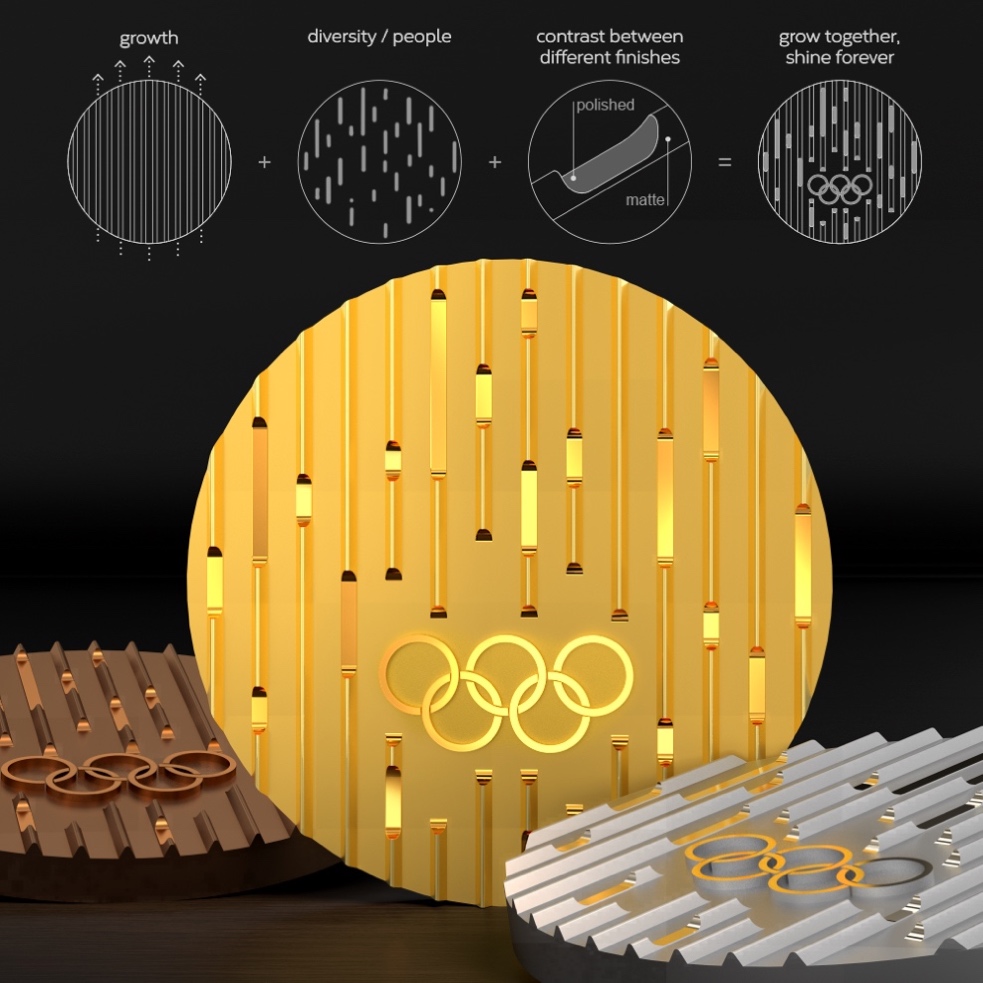- 한국어
- English
- 日本語
- 中文
- العربية
- Español
- Français
- Deutsch
- Pусский
- Tiếng Việt
- Indonesian
By Honorary Reporter Volga Serin Suleymanoglu from Turkey
The countdown has begun for the Winter Youth Olympics in Gangwon-do Province (Gangwon 2024), which will be held from Jan. 19 to Feb. 1.
Dante Akira Uwai, a Brazilian architect based in Brazil's capital of Brasilia, won the competition to design the medal for Gangwon 2024, Beating out over 3,000 entries, his submission "A Sparkling Future" has drawn global attention.
The following are excerpts from a Jan. 1 written interview with him.

Dante Akira Uwai is an architect based in Brasilia, the capital of Brazil.
Briefly introduce yourself.
I live in Brasilia, Brazil. In architecture school, I learned about architecture and discovered my passion for art and design. I worked in offices that focused on the idea of architecture as art, further influencing me as an artist. I've entered and won several architecture and design competitions, but this medal design contest for the Olympics is truly special for me.
Are you interested in Korean culture?
I had no specific interest in Korean culture before the competition, though I've been influenced by contemporary Korean artists. The contest, however, prompted me to research more about Korea and its art scene, which features interesting paintings and sculptures. I appreciate the rich use of colors and contrasts in contemporary Korean art, resulting in elegant and intriguing pieces.
Have you visited Korea?
I haven't had the chance to visit yet but since I won this competition, I expect the opportunity to go there and learn more.

This is the winning medal design by Dante Akira Uwai. (Dante Akira Uwai)
What inspired you during the medal design process?
It came from the competition's briefing, which asked for a design representing Olympic values (friendship, respect and excellence) and the motto of this edition ("Grow Together, Shine Forever'"). These concepts are strong but abstract at the same time. My biggest challenge was to convey them in a visually appealing and artistic form.
Describe the research you conducted while creating the design.
The briefing mentioned that aspects of Korean culture would be reflected on the reverse side of the medal, which would be created in a workshop with students from schools in Gangwon-do. For the competition, the focus was on Olympic values and the edition's slogan. My main research involved exploring artistic and design practices representing the concepts. Some people after the competition results identified elements of Korean culture in my design, such as the shape of traditional lamps. It wasn't intentional but it highlights the value of free interpretation in abstract art.
What advice do you have for people interested in entering such design competitions?
My advice is not to view a competition as just a contest but an opportunity to show your potential. I think the job market usually stifles one's talent but competitions like this allow a true designer and artist to thrive in this field.
What are your goals and wishes for this year?
I plan to dedicate more time to art. I entered this medal design competition while uncertain over which career path to follow, but I think this is a significant sign to continue pursuing my dream.
msjeon22@korea.kr
*This article is written by a Korea.net Honorary Reporter. Our group of Honorary Reporters are from all around the world, and they share with Korea.net their love and passion for all things Korean.
Most popular
- Council sets minimum hourly wage in 2026 at KRW 10,320
- Songs from 'KPop Demon Hunters' dominate global Billboard charts
- Songs from animated K-pop film rule Spotify daily chart in US
- 28th annual Boryeong Mud Festival to offer more night events
- Exhibition 'K-Comics World' hawks webtoons in 5 countries
